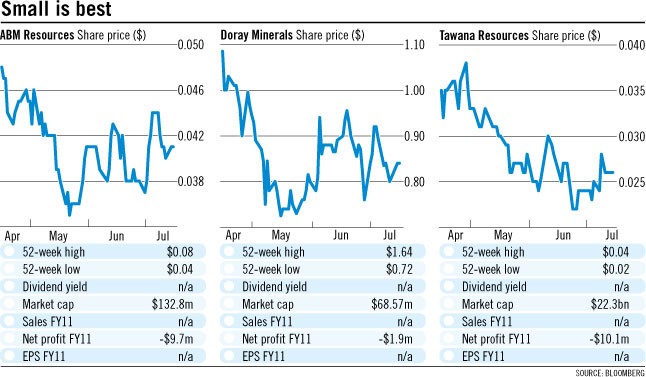Gold Fields loses lustre for investors
Post on: 21 Апрель, 2015 No Comment

Gold Fields loses lustre for investors
Jana Marais
Gold Fields loses lustre for investors
INVESTORS are shunning Gold Fields as uncertainty remains over South Deep, its only remaining asset in South Africa, and a bribery investigation by US authorities into an empowerment deal.
While gold shares have been boosted by a rise in the gold price, up 9% from its three-year low in December, Gold Fields’s share performance has been lagging. It gained 30% since the start of the year, compared with a 54% jump in AngloGold Ashanti and a 53% gain in Sibanye Gold.
Sibanye was formed when Gold Fields unbundled its Driefontein, Kloof and Beatrix mines last year.
A fund manager said: “For me, three big question marks remain: what will happen at South Deep, the investigation by the Securities and Exchange Commission [SEC], and the land claim at St Ives in Australia. Until there is more certainty on these issues, we’ll be putting our money elsewhere.
Gold Fields is pinning its future on South Deep, under development by various owners since the 1990s. The mine near Westonaria, southwest of Johannesburg, is largely mechanised, and will be the group’s biggest when it reaches its expected full production at the end of 2017, two years behind the original schedule.
CEO Nick Holland said this week that the miner had cut its projected output from the mine, which was now expected to produce between 650,000 and 700,000 ounces a year, given the lower gold price.
The R8bn mine has mineral reserves of 39.1-million ounces, and is expected to produce gold at a cost of $900 an ounce when it reaches full capacity. Its total all-in cost was $1,095 an ounce in the December quarter. The company declined to comment on the SEC investigation into an empowerment deal at the time it was finalising its mining right at South Deep.
An investigation by an international law firm hired by Gold Fields raised red flags over the alleged increase of the stake allocated to Baleka Mbete, ANC chairwoman, saying it could constitute bribery. Ms Mbete and Gold Fields have denied any wrongdoing.
Mr Holland was confident that Gold Fields had a strong legal position to fight the native title claim over a parcel of land at its St Ives mine. A decision is not expected for between six and 12 months, Mr Holland said.
While progress has been made in cutting costs, including through shedding jobs and cutting exploration and capital spending, scepticism remains over Gold Fields’s plans to adapt to the lower gold price.
It wrote down the value of its St Ives, Damang and Tarkwa mines by $672m (R7bn), based on 2013 life of mine plans at a gold price of $1,300 per ounce, contributing to a loss of R5.3bn in the fourth quarter of 2013. Others, notably AngloGold Ashanti and Randgold Resources, have been working on a price of $1,000.
Gold traded above $1,300 for the first time this week since November as signs of weakening US economic growth increased investor demand for safe haven assets.
Questions also remain over the wisdom of unbundling the Sibanye assets, and the purchase of Barrick Gold’s Yilgarn South mines in Australia last year.
“At the beginning of 2013, management unveiled this new strategy, saying they will forget about the quantity of ounces and focus on high-margin assets and returning cash flow to investors.
“Then they went and bought Barrick’s Yilgarn South assets in Australia last year, which is a complete about-face of this strategy, said Olwethu Notshe, analyst at Sentio Capital Management.
Mr Notshe is concerned about the limited remaining mine lifetimes, based on the current profiles. The mines have added 452,000 ounces of annual production and have a reserve of 2.6-million ounces.
• This article was first published in Sunday Times: Business Times














